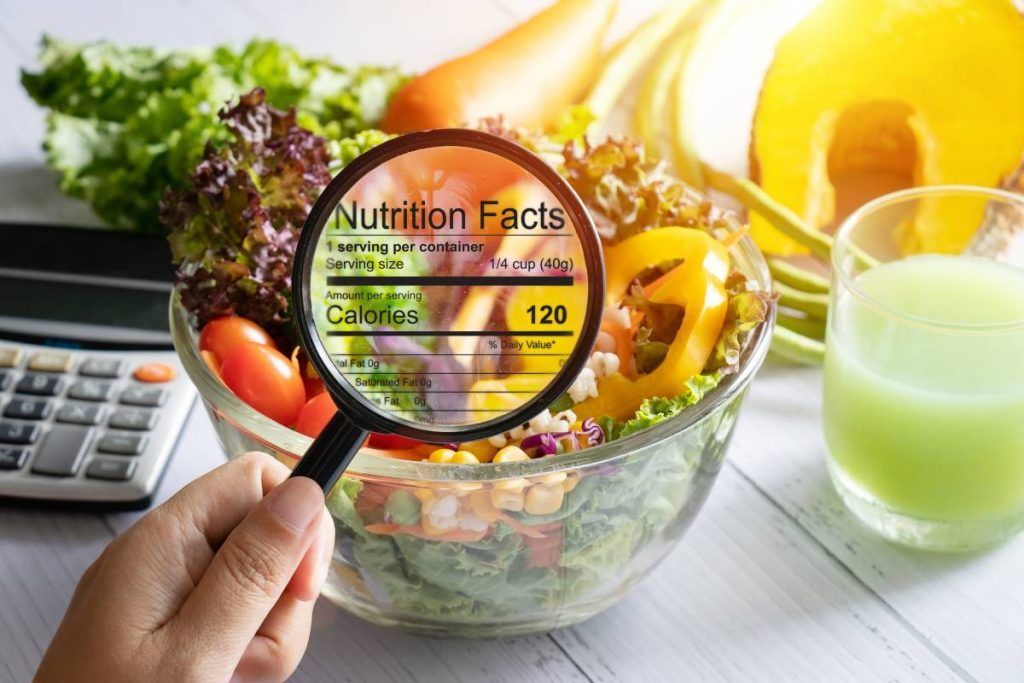


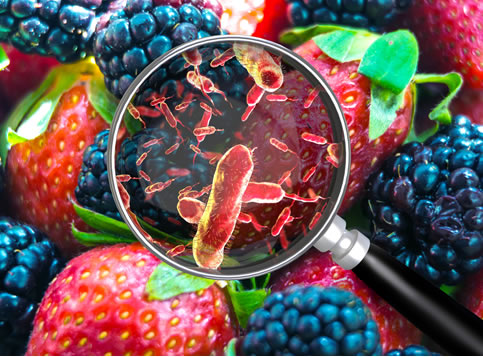
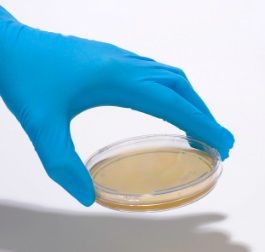
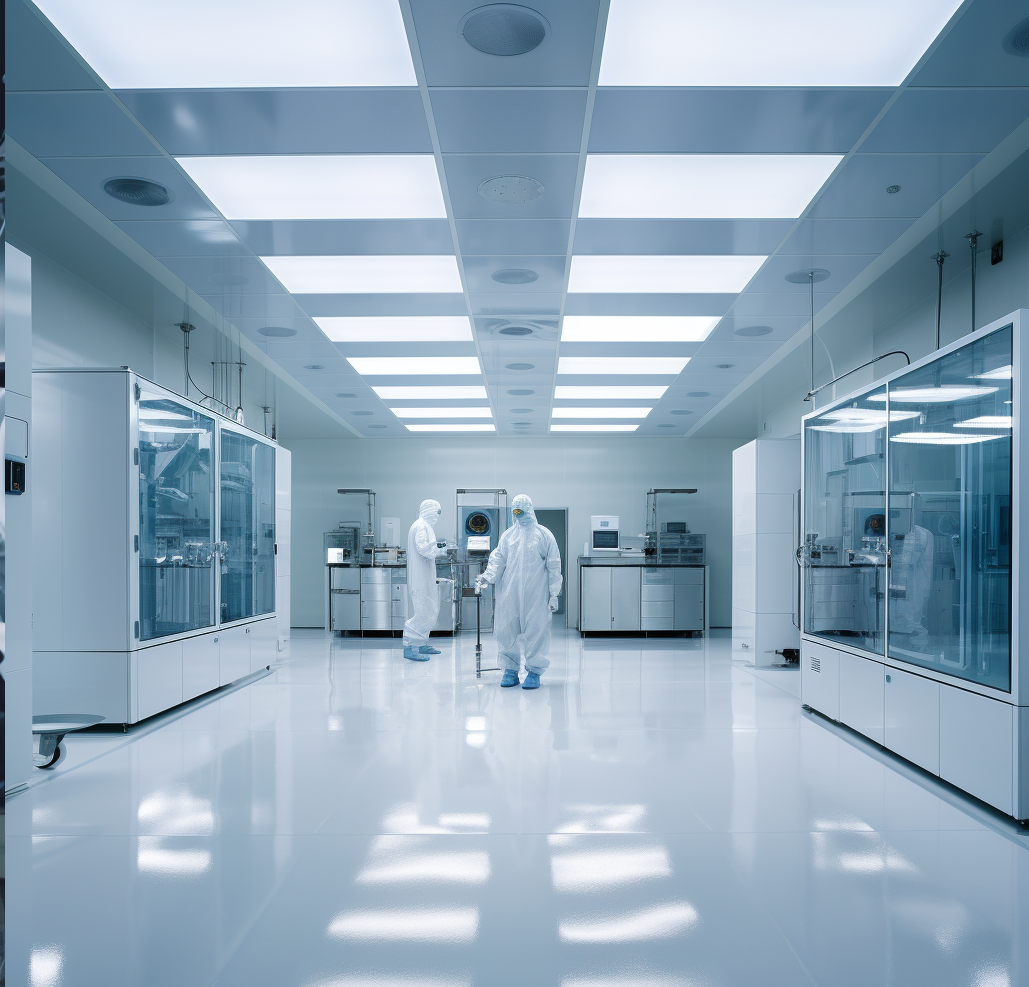
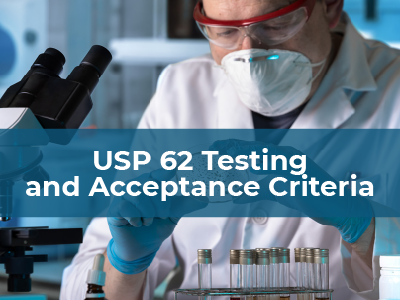
Bacillus cereus is a spore-forming bacterium commonly found in soil, dust, and some raw foods. Among the array of bacteria scrutinized in food testing, Bacillus cereus stands out as a significant concern due to its capacity to cause foodborne illness. This bacterium can thrive in a range of conditions, making its presence a concern in food production and handling. Food and environmental laboratories often conduct Bacillus cereus testing to assess the safety and quality of food products. This testing is particularly relevant in industries involving the production and handling of foods, as well as in healthcare settings where monitoring environmental contamination is crucial. The testing typically involves collecting samples from food products, surfaces, or other relevant sources and then culturing and analyzing these samples to detect the presence of Bacillus cereus and, if applicable, its toxin-producing capabilities. Results from Bacillus cereus testing can help ensure the safety of food products and contribute to the prevention of foodborne illnesses.
3. Toxin Detection: Some tests focus on detecting the toxins produced by Bacillus cereus, as the presence of these toxins is an indicator of potential food safety risks.
Food safety is a collective responsibility that involves producers, regulators, and testing laboratories. Bacillus cereus testing is an essential component of this process, ensuring that food products meet stringent safety standards and are free from harmful microbial contaminants.
At testing facilities like ours, employing stringent protocols, we prioritize accurate and timely Bacillus cereus testing. Our commitment to excellence in food safety analysis aims to support the food industry in delivering safe and high-quality products to consumers.
In conclusion, the vigilance in testing for Bacillus cereus serves as a cornerstone in the ongoing efforts to maintain food safety, assuring consumers that the products they consume are free from potential hazards associated with this bacterium.







Interested in Working with
Sure-BioChem Laboratories
Sure-BioChem Laboratories offers top-notch analytical testing for various industries. Our advanced lab and expert team ensure reliable, quality results. We're committed to excellence, helping clients meet high standards in environmental, food, and pharmaceutical testing.
Headquarters:
1000 Atlantic Avenue
Camden, NJ 08104
PHONE: 888-398-7247
Main Menu